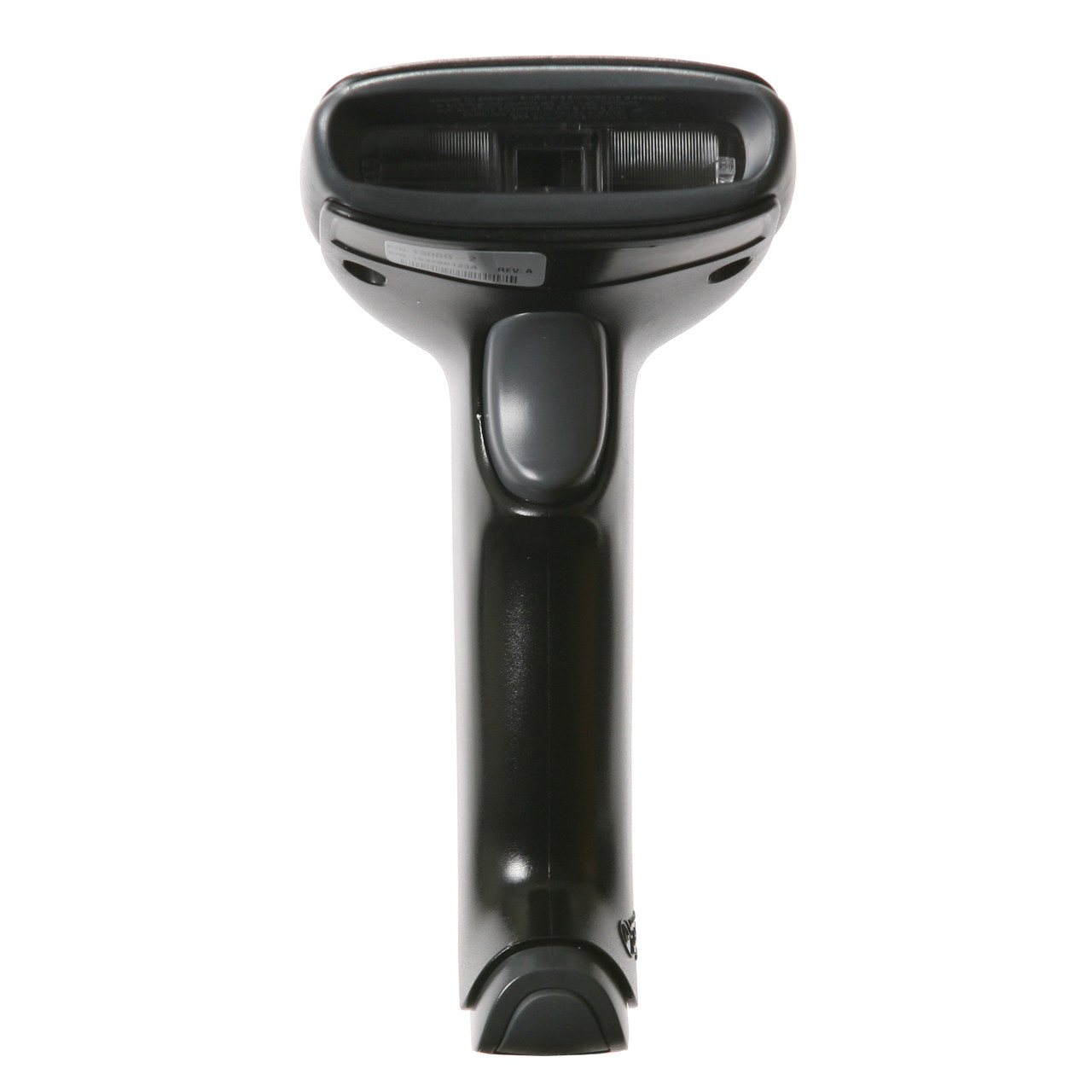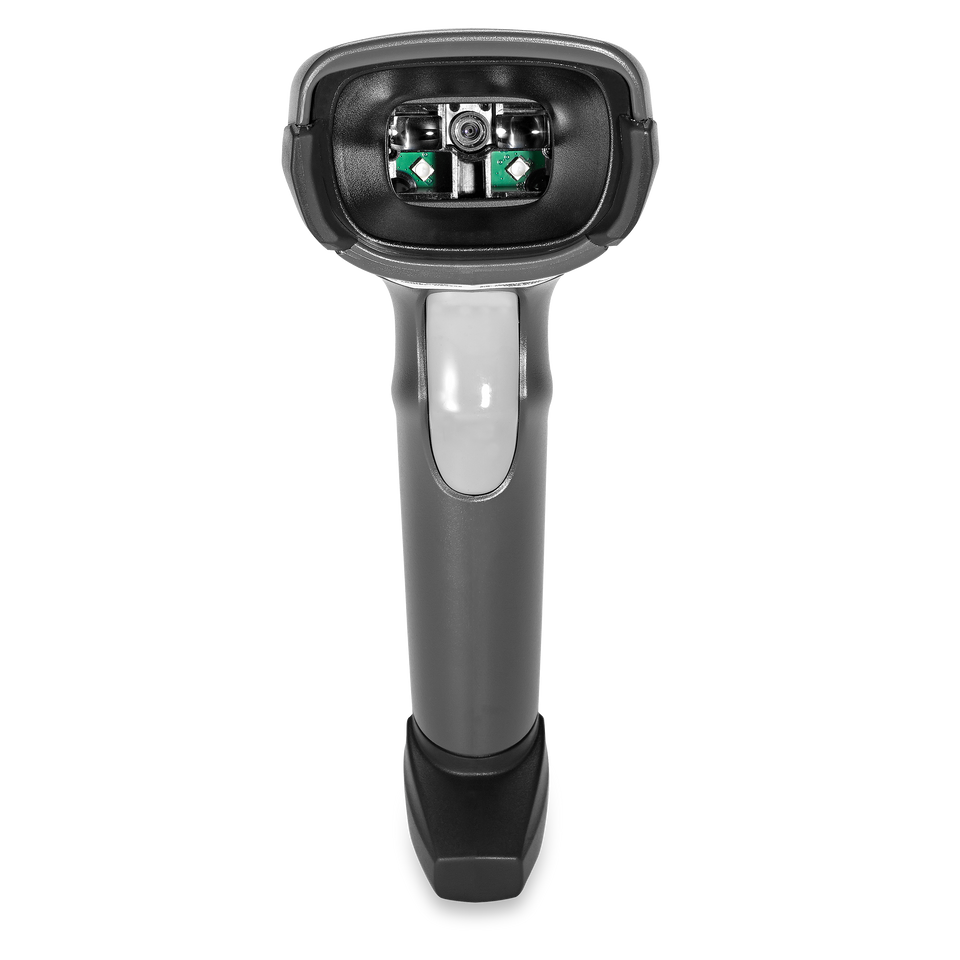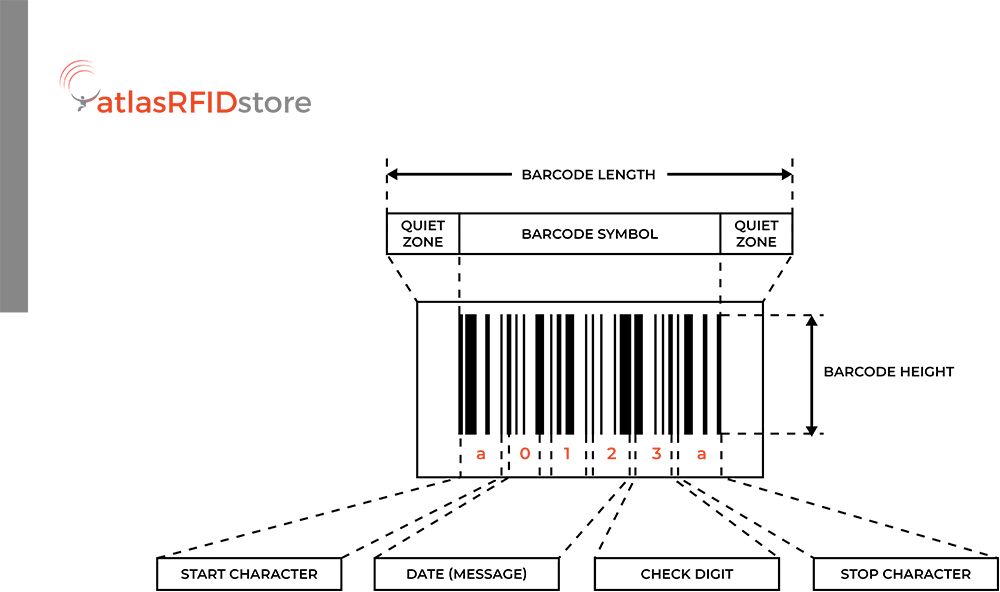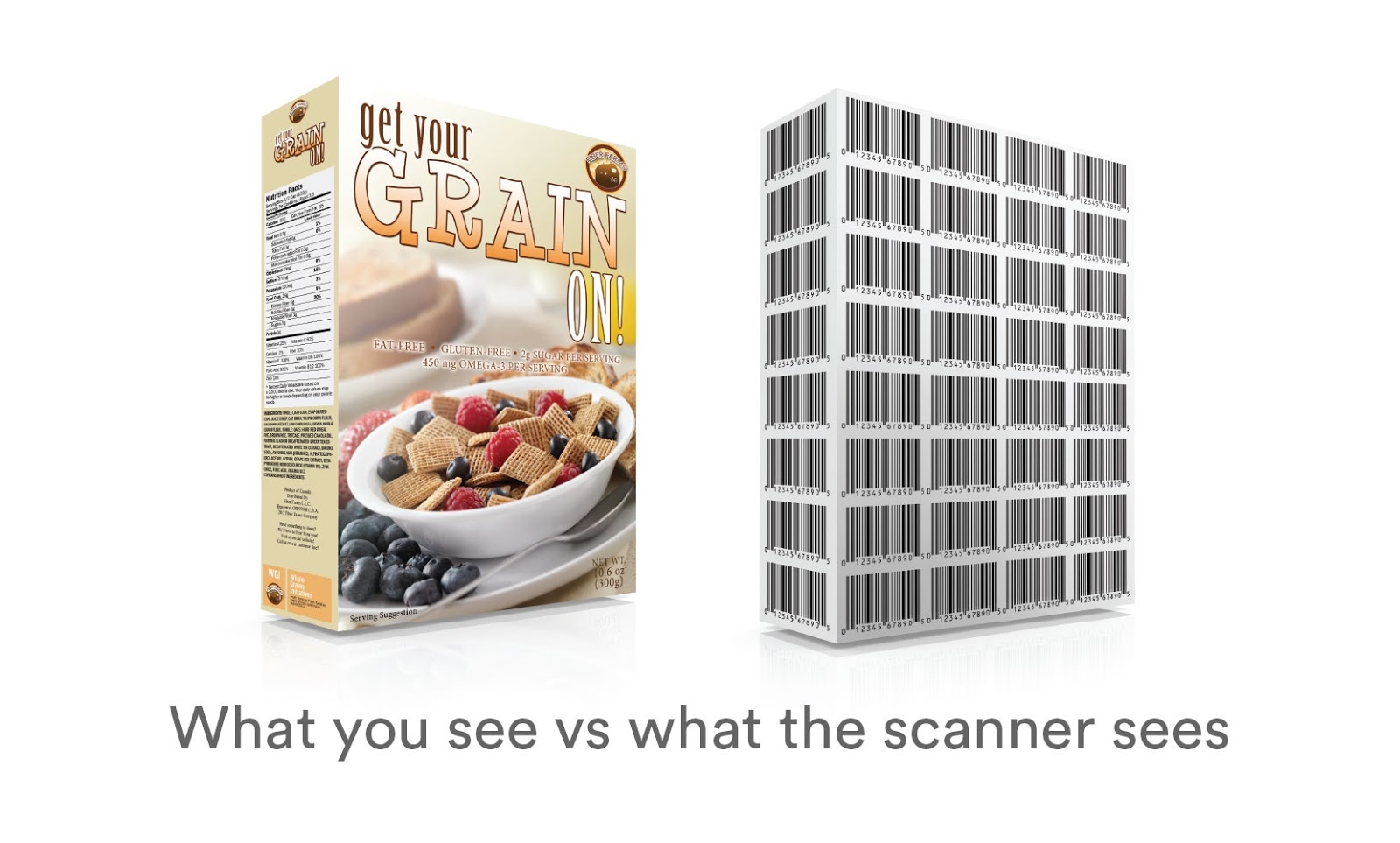1D vs. 2D Barcode Scanners: What You Need to Know
In the world of barcode scanning, understanding the differences between 1D and 2D barcode scanners is crucial for businesses looking to optimize their operations. 1D barcode scanners, also known as linear scanners, read traditional barcodes consisting of vertical lines and spaces of varying widths, commonly used in retail and logistics. On the other hand, 2D barcode scanners can read both linear and matrix barcodes, such as QR codes, which store more information in a smaller space and can be scanned in any orientation.
This comparison article will go over the functionalities, advantages, and ideal use cases for each type of barcode and scanner, helping you make an informed decision on which technology best suits your needs. Whether you're focused on speed, data capacity, or versatility, understanding these key differences will guide you toward the right choice for your business's specific requirements.
What is a 1D Barcode?

1D barcodes, also known as linear barcodes, use a series of black lines and white spaces of varying widths to encode information. Both the black lines and white spaces are crucial, as their widths collectively form the encoded data. These barcodes are read horizontally from left to right.
1D barcodes can only store a limited number of characters – up to 85, which may restrict the amount of information they can hold.
Although the UPC barcode was the first type created and used, today there are other types of 1D, linear barcodes such as Code 128, EAN-13, Code 93, Codabar, Code 39, and more. These unique types of barcodes have varying heights, number formats, and applications.
For example, 1D UPC barcodes are commonly used for products sold in retail stores, Code 128 barcodes are typically used in logistics and packaging, and Codabar barcodes are often used in libraries, photo labs, and blood banks.
What is a 1D Barcode Scanner?
1D Barcode Scanners have been used in retail stores for over 50 years, but were invented much earlier – in 1952 by Norman Joseph Woodland and Bernard Silver. The first implementation however, wasn’t until 1972 – 74 when George J. Lauer invented the first U.P.C. or Uniform Product Code which was then placed on products to be scanned at checkout.
A 1D barcode scanner reads both the black lines and white spaces on a 1D barcode. Each scanner uses a laser beam, which is directed through a series of mirrors to illuminate the barcode. The scanner detects the light reflected back from the barcode, which corresponds to the varying widths of the black lines and white spaces and is interpreted by the scanner’s sensor. This information is then processed and checked against a database to retrieve specific details, such as the product type, price, and other unique identifiers. A 1D barcode scanner can typically read 1D barcodes from a range of a couple inches, to about 2 feet in distance.
Because 1D barcodes are read via a laser horizontally left to right, 1D barcode scanners are also called Linear Barcode Scanners, Linear Handheld Scanners, or Laser Barcode Scanners.
What is a 2D Barcode?
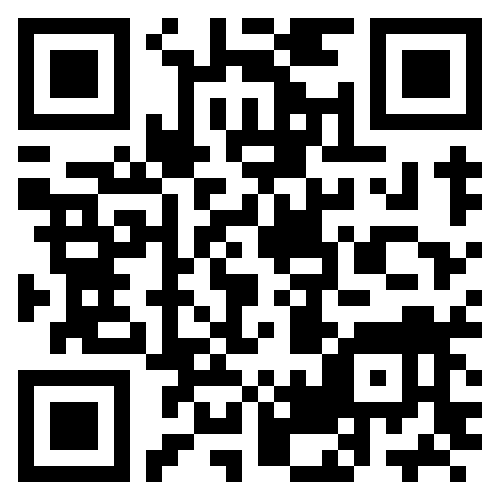
Due to the finite amount of space on a 1D barcode, the 2D barcode was developed in 1987 by David Allais. Able to store up to 7,089 numeric characters, a 2D barcode contains information both horizontally and vertically. The ability to incorporate more information was achieved by using squares, dots, and other shapes to encode data instead of relying exclusively on lines.
2D barcodes are also called Matrix barcodes, and the most common types include QR codes, Data Matrix codes, Aztec codes, and MaxiCodes. Because of the format of a 2D barcode, these barcodes can hold a variety of data types, such as text, images, URLs, and binary data.
2D Barcodes are increasingly more popular than 1D barcodes because they can leverage more encoded data, be read at any angle (omnidirectional), and connect real world products to the digital world for the everyday consumer.
What is a 2D Barcode Scanner?
2D barcode scanners operate quite differently from typical 1D barcode scanners, as they do not rely on a laser to read barcodes. Instead, 2D barcode scanners use imaging technology to capture an image of the 2D barcode. This captured image contains a complex pattern of dots, squares, or hexagons. The scanner then employs a sophisticated decoding algorithm to interpret the encoded data within this image. The algorithm analyzes the various shapes and their relative positions to accurately reconstruct the information embedded in the barcode.
A 2D barcode scanner uses an imager, or an area imager, to take the picture of the 1D or 2D barcode. A 2D barcode imager is a camera-based imaging scanner that is similar to a digital camera.
A 2D barcode scanner can typically read 2D barcodes from a range of a couple inches, up to 68 feet in distance. 2D barcode scanners are typically able to read both 2D and 1D barcodes, which makes a 2D barcode scanner a more flexible solution.
1D Barcodes vs. 2D Barcodes: Main Differences
|
1D Barcode |
2D Barcode |
||
|
Visual Differences |
Shape |
Scanner is typically rectangular in shape |
Scanner is typically square in shape |
|
Format |
Contains black lines and white spaces (and sometimes numbers) |
Contains lines, dots, squares, hexagons, and other black and white shapes/images |
|
|
Scanning Differences |
Scan Direction |
Horizontally, from left to right |
Horizontally and vertically from any direction |
|
Scan Technology |
Laser Scanning |
Captured image by an Area Imager |
|
|
Scan Difficulty |
Harder to scan, must be lined up exactly |
Easier to scan, can be scanned from any direction |
|
|
Scan Range |
A few inches to up to 2 feet in distance |
A few inches to up to 68 feet in distance |
|
|
Scan Speed |
Faster scan speed |
Slightly slower scan speed |
|
|
Data Differences |
Type of Data |
Alphanumeric data – numbers and letters |
Alphanumeric data, binary data, images, and URLs |
|
Number of Characters |
Up to 85 characters |
Up to 7,089 characters |
1D Barcode Scanners vs. 2D Barcode Scanners: Main Differences
|
1D Barcode Scanner |
2D Barcode Scanner |
||
|
Visual & Cost Differences |
Form |
Often smaller and more rectangular |
Often larger and square shaped |
|
Cost |
Less expensive |
More expensive |
|
|
Scanning Differences |
Scan Direction |
Horizontally, from left to right |
Horizontally and vertically from any direction |
|
Scan Technology |
Laser Scanning |
Captured image by an Area Imager |
|
|
Scan Speed |
Slightly Faster |
Slightly Slower |
|
|
Scan Range |
A few inches to up to 2 feet in distance |
A few inches to up to 68 feet in distance |
|
|
Functionality Differences |
Type Barcodes |
1D barcodes or linear barcodes only |
1D barcodes or linear barcodes, 2D barcodes, QR codes |
|
Digital Scan |
Cannot read a barcode on a phone or display screen |
Can read a barcode on a phone or display screen |
|
|
How They Work |
1D Barcode Scanners read a series of varying lines that’s translated into a number, and that number is searched for in a database |
2D Barcode Scanners take an image of a barcode and use a decoding algorithm to decode the data into meaningful information |
Barcode Scanner Use Cases - 1D vs. 2D
Below are some of the most common use cases for 1D and 2D barcodes within popular industries.
1D Barcodes
- Retail – Point of Sale (POS)/Checkout
- Public Service – Library Cards
- Public Service – Postal Services, track & route mail
- Public Service – Government issued ID (Driver’s License)
- Security – Access control for neighborhoods, parking
2D Barcodes
- Transportation – Flight Boarding Passes
- Retail – Coupons
- Pharmaceutical – Serialization & Traceability
- Healthcare – Patient Identification (Wristbands)
- Entertainment – Ticketing for events
- Advertising – Event promotions
Conclusion
For more information on barcodes, barcode scanners, or RFID technology, chat with us in the bottom right corner of your screen or contact us!

